When you eat bread, pasta, or beer, your body doesn’t normally react - unless you have celiac disease. Then, your immune system turns against your own small intestine. This isn’t a food allergy. It’s not just feeling bloated after a slice of pizza. It’s an autoimmune storm triggered by something as simple as a crumb of wheat. And the only cure? A lifelong, no-excuses gluten-free diet.
What Happens When Someone with Celiac Disease Eats Gluten
Gluten isn’t poison to everyone. But for people with celiac disease, it’s a key that unlocks a chain reaction inside the gut. The problem starts with proteins in wheat, barley, and rye - especially a stubborn fragment called the 33-mer gliadin. Most people digest it easily. People with celiac don’t. These fragments slip through the gut lining, thanks to a protein called zonulin that loosens the tight junctions between cells.
Once inside, tissue transglutaminase 2 (TG2) steps in. It’s a normal enzyme, but in celiac disease, it chemically tweaks the gluten pieces, making them stickier and more visible to the immune system. These modified fragments latch onto special immune molecules called HLA-DQ2 or HLA-DQ8 - genetic markers found in nearly all celiac patients. This triggers a cascade: CD4+ T cells wake up, flood the gut with inflammatory signals like interferon-gamma, and start attacking the finger-like villi that line the small intestine.
That’s when real damage begins. Villi flatten. Nutrient absorption crashes. Iron, calcium, vitamin D - all drop. Fatigue, diarrhea, weight loss, even skin rashes and brain fog follow. A 2024 study from McMaster University changed the game by showing the gut lining itself isn’t just a victim - it can actively start the attack by expressing immune molecules it shouldn’t. This means the body isn’t just reacting to gluten; it’s being tricked into seeing it as an enemy.
How Celiac Disease Is Different from Gluten Sensitivity
Not everyone who feels bad after eating gluten has celiac disease. Many people report symptoms after gluten exposure - bloating, headaches, joint pain - but test negative for celiac. That’s non-celiac gluten sensitivity (NCGS). The difference matters because the risks and rules are completely different.
Celiac disease shows up in blood tests. Anti-tissue transglutaminase (tTG-IgA) antibodies hit 98% sensitivity - meaning if you have them and you’re eating gluten, you almost certainly have celiac. A biopsy confirms it: flattened villi, inflamed lining, immune cells everywhere. NCGS has no biomarkers. No antibodies. No visible damage. Diagnosis is a process of elimination.
And the dietary rules? For celiac, gluten must be below 20 parts per million (ppm). That’s the legal standard for gluten-free labeling in the U.S. and Europe. Even a tiny crumb from a shared toaster can trigger a reaction. For NCGS, some people can tolerate small amounts. Others can’t. But they won’t develop intestinal damage or long-term complications like lymphoma, which untreated celiac patients are at higher risk for.
One study found that 68% of people with celiac waited over six years for diagnosis. Many were misdiagnosed with IBS, anemia, or depression. If you’ve had unexplained digestive issues for months or years, get tested - but don’t cut gluten before the test. You need to be eating it for the blood work and biopsy to be accurate.
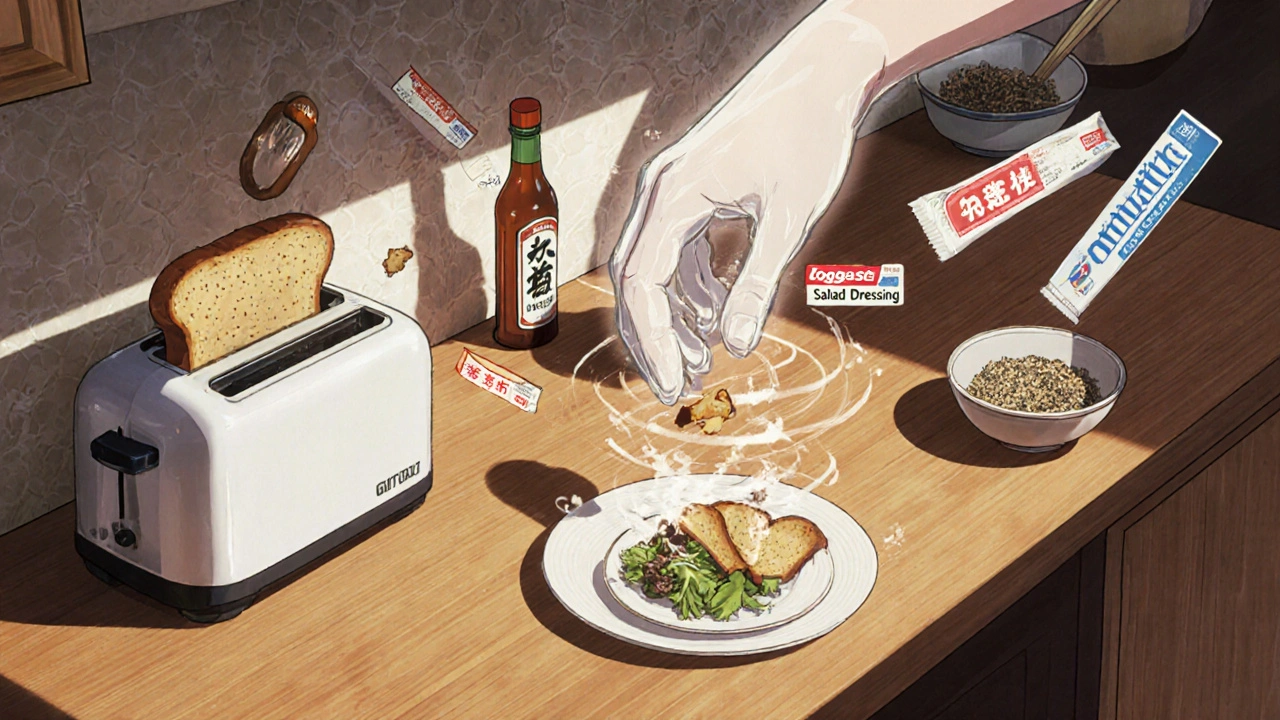
The Gluten-Free Diet: More Than Just Avoiding Bread
Going gluten-free isn’t just swapping pasta for rice noodles. It’s rebuilding your entire relationship with food. First, you need to know what’s hidden. Gluten isn’t just in bread and beer. It’s in soy sauce, salad dressings, soups, medications, vitamins, lip balm, and even some toothpastes. Hydrolyzed vegetable protein, malt flavoring, modified food starch - these can all hide gluten unless labeled clearly.
Start by cleaning your kitchen. A shared toaster? That’s a major cross-contamination risk. One study showed using a dedicated gluten-free toaster cuts contamination by 85%. Same with cutting boards, colanders, and butter knives. Even crumbs from last week’s bagel can linger.
Learn the safe grains: rice, quinoa, buckwheat, millet, corn, amaranth, and certified gluten-free oats. Avoid anything with “wheat,” “barley,” or “rye” in the ingredients. Look for the certified gluten-free label - it means the product has been tested to contain less than 20 ppm. The FDA and European Commission both enforce this standard, but not every country does. If you’re traveling, check local rules.
Cost is a real barrier. Gluten-free products cost, on average, 242% more than regular ones. A box of gluten-free cereal might be $7. A regular one? $2.50. Many families cut corners by eating plain meats, vegetables, fruits, and legumes - the naturally gluten-free staples. That’s smart and affordable.
What to Expect After Going Gluten-Free
Most people feel better fast. One survey of over 15,000 celiac patients found 89% saw major improvement within six months. Diarrhea fades. Energy returns. Brain fog lifts. But healing takes time. The gut lining doesn’t repair overnight. For adults, it can take 1-2 years for villi to fully recover. Kids heal faster - often within months.
But here’s the catch: 30% of diagnosed people still have symptoms even after going gluten-free. Why? Cross-contamination is the biggest culprit. A 2023 survey found 67% of celiac patients had experienced accidental exposure at restaurants. Even a fryer that fries breaded chicken and fries together? That’s dangerous. Always ask: “Do you have a separate fryer or prep area for gluten-free food?”
Another surprise: nutrient deficiencies. Nearly half of celiac patients are low on vitamin D. One in three has iron deficiency anemia. That’s because damaged villi can’t absorb nutrients. After diagnosis, most doctors recommend blood tests for iron, B12, folate, calcium, and vitamin D. Supplements may be needed - but only under medical supervision.

New Hope: What’s Coming Beyond the Gluten-Free Diet
The gluten-free diet works - but it’s hard. It’s expensive. It’s isolating. That’s why researchers are racing to find alternatives.
Three therapies are in late-stage trials. Nexvax2 is a vaccine-like treatment that trains the immune system to ignore gluten. In a 2023 trial, 42% of patients had fewer symptoms. Latiglutenase is an enzyme pill that breaks down gluten in the stomach before it reaches the intestine. It helped 37% of patients in a 2022 study. TAK-101 uses nanoparticles to retrain immune cells so they no longer attack the gut. One 2023 trial showed a 63% reduction in intestinal damage.
These aren’t cures yet. They’re tools to help. But they could one day mean you don’t need to live in fear of a crumb. Also in development: portable gluten detectors. Some prototypes can now detect gluten at 5 ppm - better than the 20 ppm standard. Imagine scanning your meal at a restaurant and getting a green light.
And then there’s the microbiome. Early research shows people with celiac have different gut bacteria than healthy people. Scientists are testing whether probiotics or prebiotics could help reduce inflammation or improve gut healing. It’s early, but promising.
Living Well with Celiac Disease
You’re not alone. Over 1 in 100 people worldwide have celiac disease - and many more are undiagnosed. The good news? With the right support, you can live fully.
Use apps like Find Me Gluten Free to find safe restaurants. Join online communities like r/celiac or Beyond Celiac. Talk to a dietitian who specializes in celiac - they can help you plan meals, avoid hidden gluten, and fix nutrient gaps. Keep emergency snacks in your bag, car, and desk - gluten-free granola bars, nuts, fruit, or rice cakes.
And remember: this isn’t a phase. It’s a lifelong condition. But it’s manageable. One user on Reddit wrote: “After five years of strict gluten-free eating, my last endoscopy showed complete healing. I still read every label. I still ask about fryers. But I’m alive. I’m healthy. And I’m not going back.”
There’s no magic pill yet. But science is catching up. Until then, knowledge is your best defense. Know your triggers. Know your rights. Know your food. And know that healing is possible - one gluten-free meal at a time.
Can celiac disease be outgrown or cured?
No. Celiac disease is a lifelong autoimmune condition. You cannot outgrow it. The only treatment is strict, lifelong avoidance of gluten. Even small amounts can trigger immune damage and prevent healing. There is no cure yet, but new therapies in development may one day reduce the need for such strict dietary control.
Is a gluten-free diet healthy for people without celiac disease?
Not necessarily. For people without celiac or diagnosed gluten sensitivity, cutting out gluten offers no proven health benefit. Many gluten-free products are lower in fiber, iron, and B vitamins because they’re made with refined flours. Unless you have a medical reason, there’s no need to avoid gluten. In fact, unnecessarily restricting grains may lead to nutrient gaps.
How do I know if I have celiac disease or just gluten sensitivity?
Get tested before cutting gluten. Blood tests for tTG-IgA antibodies and a biopsy of the small intestine can confirm celiac disease. If those are negative but you still feel better without gluten, you may have non-celiac gluten sensitivity. But you can’t diagnose yourself - see a gastroenterologist. Self-diagnosis can delay proper care and mask other conditions like IBS or Crohn’s disease.
Can I eat oats if I have celiac disease?
Only if they’re labeled certified gluten-free. Regular oats are often contaminated with wheat, barley, or rye during farming or processing. Some people with celiac can tolerate pure, uncontaminated oats. But not everyone. Start with small amounts and monitor for symptoms. Always choose certified gluten-free oats.
Why do some people still have symptoms after going gluten-free?
The most common reason is accidental gluten exposure - from cross-contamination in kitchens, restaurants, or medications. Other causes include incomplete healing, coexisting conditions like lactose intolerance or SIBO, or nutrient deficiencies. In about 30% of cases, symptoms persist despite strict diet adherence, suggesting other triggers or immune factors are involved. Follow up with your doctor if symptoms don’t improve within 6-12 months.
Are gluten-free products always safe?
Not always. Only products labeled “gluten-free” and certified by a trusted program (like GFCO or NSF) are guaranteed to contain less than 20 ppm gluten. Many products claim to be gluten-free without testing. Always check for certification logos. Also, gluten can hide in medications, supplements, and cosmetics. Ask your pharmacist if a pill contains gluten - most don’t disclose it.
Can celiac disease cause long-term health problems if untreated?
Yes. Untreated celiac disease increases the risk of osteoporosis, infertility, neurological disorders, and certain cancers - especially intestinal lymphoma. Chronic inflammation and malabsorption damage the body over time. Early diagnosis and strict gluten avoidance greatly reduce these risks. The sooner you start the diet, the better your long-term prognosis.

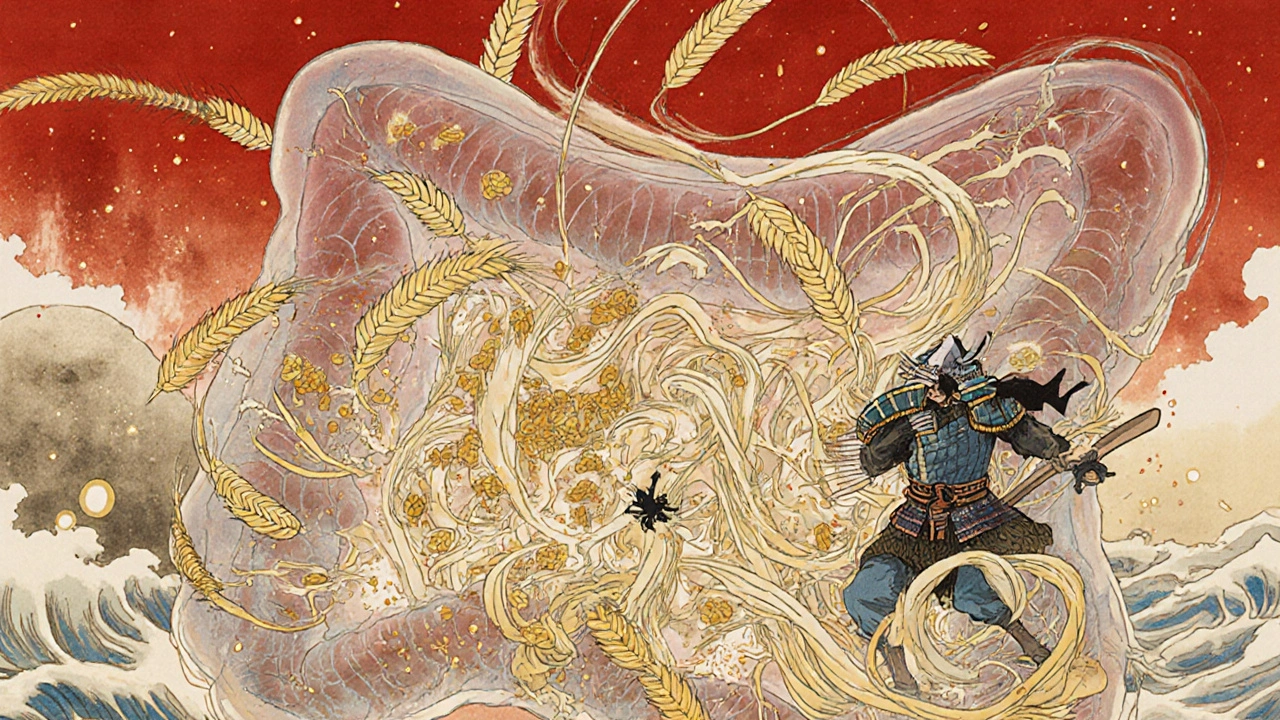
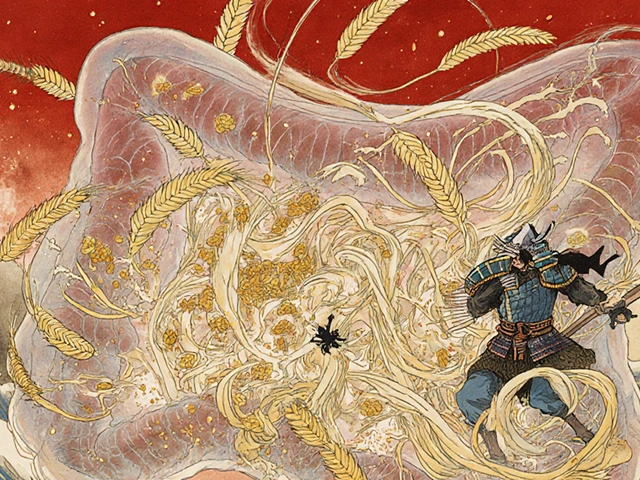
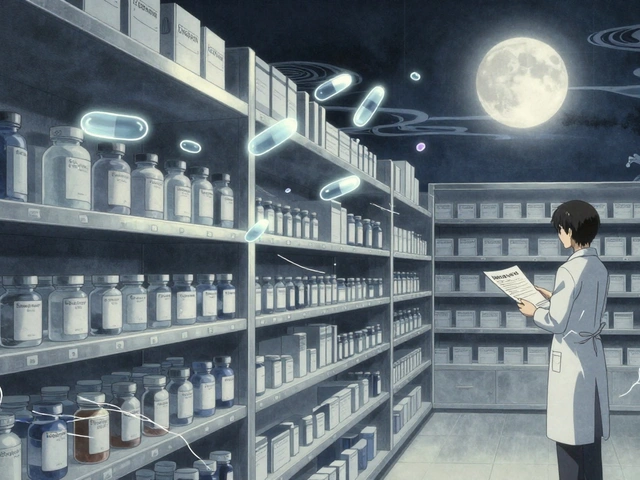


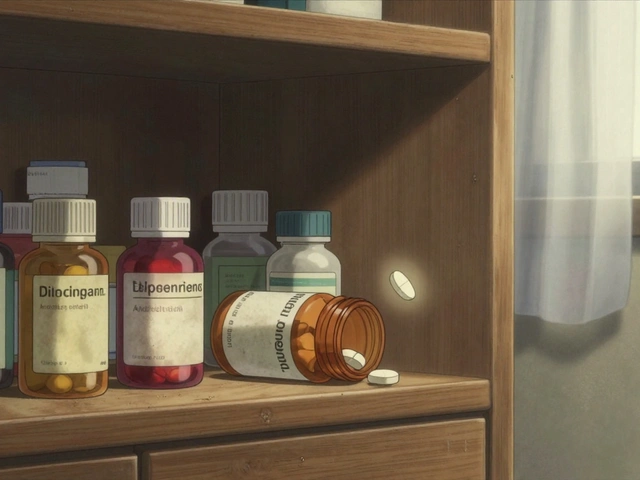

Vanessa Carpenter
November 26, 2025 AT 10:22Been gluten-free for 8 years now. Still read every label like it’s a treasure map. My toaster? Dedicated. My butter knife? Separate. I used to hate it. Now I just laugh when people say 'it’s just a phase.' 😌
Mqondisi Gumede
November 27, 2025 AT 11:01Dan Rua
November 28, 2025 AT 14:39Bro I get where you're coming from but honestly? My cousin had seizures from gluten exposure. Not joking. I used to be skeptical too. Now I check every sauce label. Life’s too short to risk it. 🤝
Deirdre Wilson
November 29, 2025 AT 21:39My mom got diagnosed after 12 years of being told she had IBS. She cried when she ate her first real pasta substitute. It wasn’t perfect. But it was safe. And that’s everything. I’m so glad science is catching up.
Damon Stangherlin
December 1, 2025 AT 09:35Just wanted to say - if you're thinking about getting tested, DON'T cut gluten first! I did that and my blood test came back negative. Turned out I had full-blown celiac. Took another 6 months to get it right. Please, learn from my dumb mistake 😅
Ryan C
December 1, 2025 AT 16:21Actually, the 33-mer gliadin fragment is not the only immunogenic peptide - the 26-mer and 19-mer also trigger T-cell responses via HLA-DQ2/8. Also, zonulin isn't the only factor; dysbiosis and gut permeability are multifactorial. And FYI, TAK-101’s phase 2 results showed 71% mucosal improvement, not 63%. Source: Gastroenterology, March 2023.
vikas kumar
December 2, 2025 AT 20:00India has so many naturally gluten-free foods - rice, lentils, millet, chickpea flour. We’ve been doing this for centuries. No need to panic. Just eat like your ancestors did. Simple. Real. Good.
Bea Rose
December 3, 2025 AT 03:54Michael Collier
December 4, 2025 AT 10:37It is imperative to emphasize that adherence to a gluten-free diet must be absolute and lifelong. Any deviation, however minor, constitutes a violation of therapeutic protocol and may result in persistent mucosal injury and increased oncological risk. I recommend consultation with a registered dietitian specializing in autoimmune gastrointestinal disorders.
Wendy Edwards
December 4, 2025 AT 14:33My kid was diagnosed at 3. We used to cry over birthday cakes. Now we make our own with almond flour and coconut sugar. He’s happier, stronger, and eats better than most adults. I’m not mad. I’m just… proud? 🥺
Jaspreet Kaur
December 5, 2025 AT 18:23Gina Banh
December 6, 2025 AT 09:47My doctor told me to take vitamin D and iron. I did. Still tired. Turned out I had SIBO too. Celiac doesn’t live alone. It brings friends. Don’t stop at gluten. Test everything. Your gut is a whole ecosystem.
Albert Guasch
December 6, 2025 AT 17:51Emerging therapeutic modalities such as enzymatic degradation via latiglutenase and immune tolerance induction through nanoparticle-based platforms represent promising adjunctive interventions. However, dietary abstinence remains the gold standard. Caution is advised regarding unregulated gluten-free consumer products lacking third-party certification.
Douglas Fisher
December 7, 2025 AT 14:39I just want to say thank you to everyone who shared their story. I read this whole post last night and cried. I didn’t know I wasn’t alone. My sister had celiac and I never understood why she couldn’t just have one bite. Now I get it. I’m going to help her find a good dietitian. Thank you.